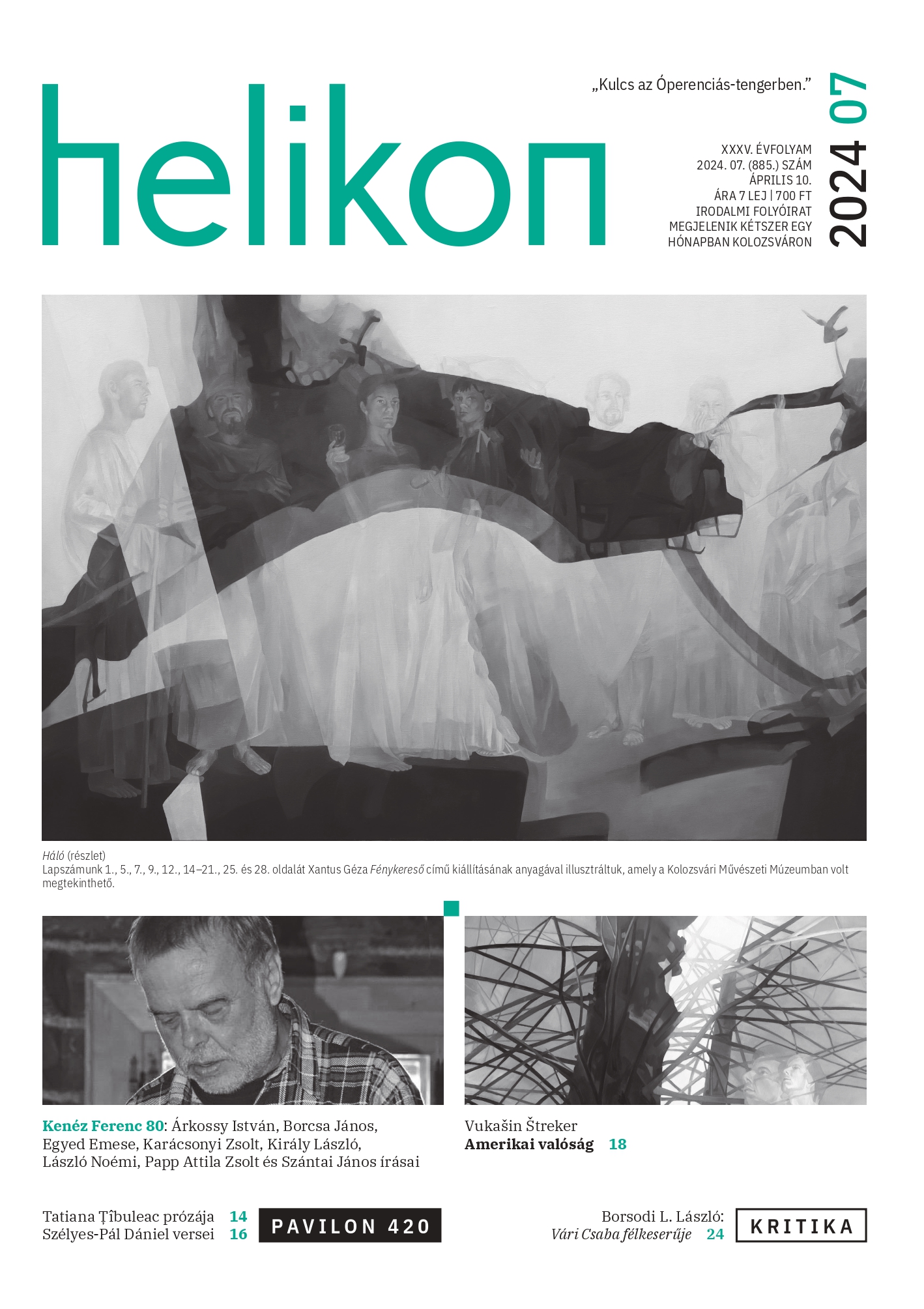
We kindly inform you that, as long as the subject affiliation of our 300.000+ articles is in progress, you might get unsufficient or no results on your third level or second level search. In this case, please broaden your search criteria.

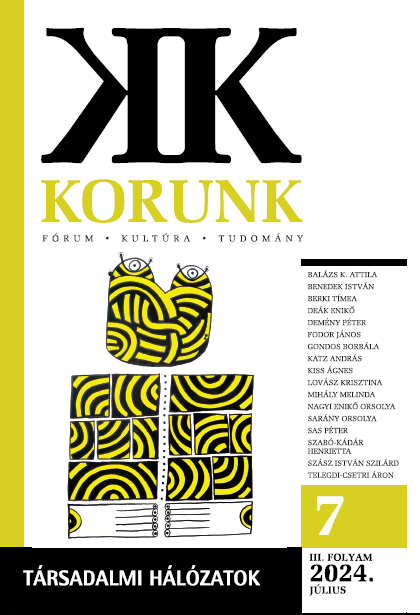
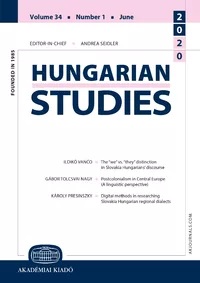
The Hungarian poet Sándor Petőfi was neither the nature boy oriented only to folk song nor the proto-socialist revolutionary as the German reception in the 19th and 20th centuries saw him. The short poems of the “Clouds” cycle published in 1846, for example, are aphoristically pointed pessimistic meditations. In the piece presented (Itt állok a rónaközépen…, Here I stand in the middle of the plain…), the speaker recognises the deep gulf between himself and “the other”. Both a death symbolism can be attributed to “the other” and Sartre's phenomenology of the gaze can be applied to his perception, revealing a complexity of Petőfi's poetry that suggests its reassessment.
More...
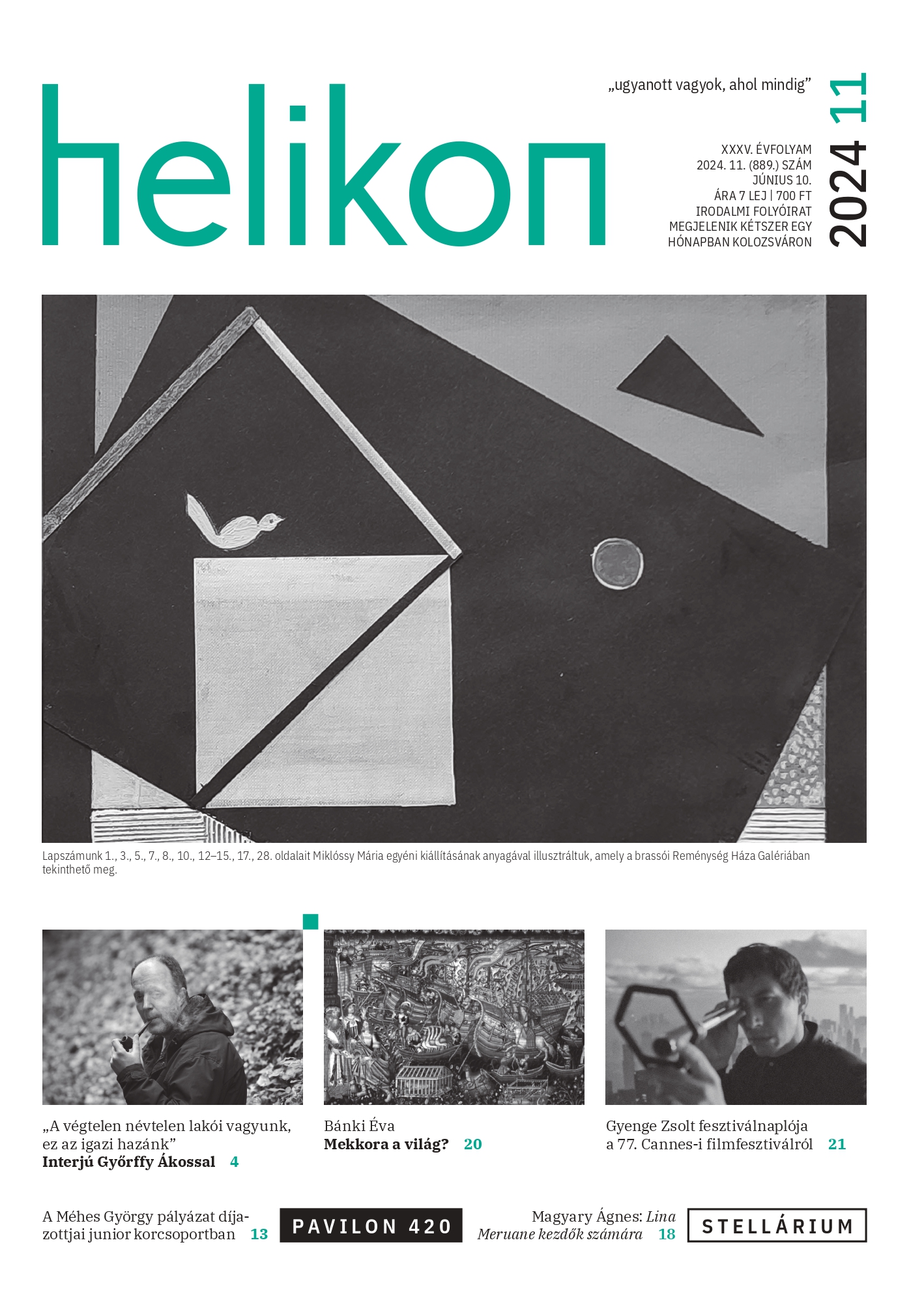
Attila Zsolt Papp's book review on Ákos Győrffy: "A csend körei"
More...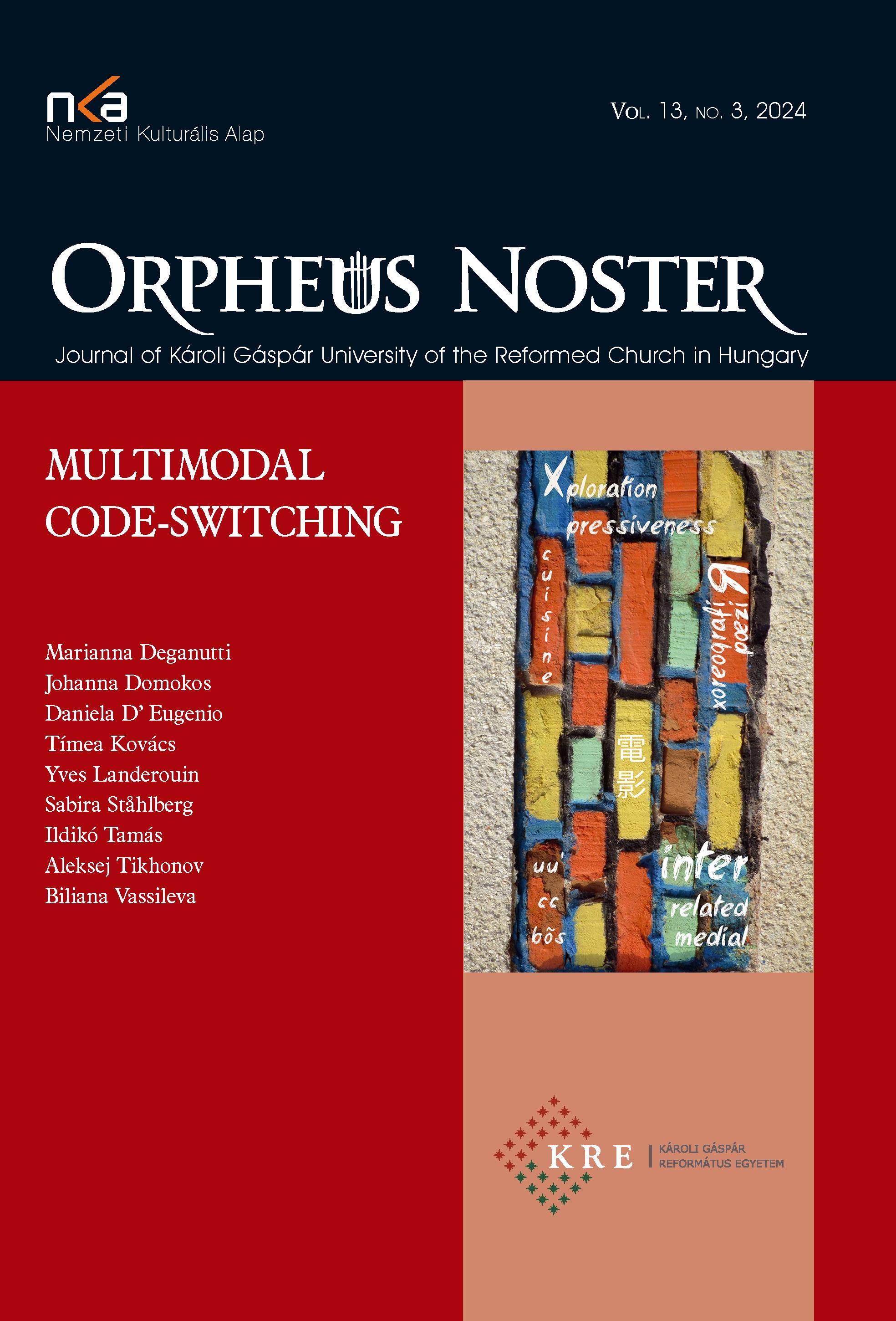
There has always been an interest in multilingualism in various fields of study. Linguists are particularly interested in why, how, and when multilingual speakers in specific communities draw on their multilingual repertoires, and what triggers certain salient tendencies in their language use. This paper examines a prominent feature of multilingual speech mode, codeswitching, as a means of creating meaning in literary texts. In particular, the code-switching used by Anne Tardos in her literary work is analysed within the theoretical framework of literary code-switching established by Domokos & Deganutti (2021).
More...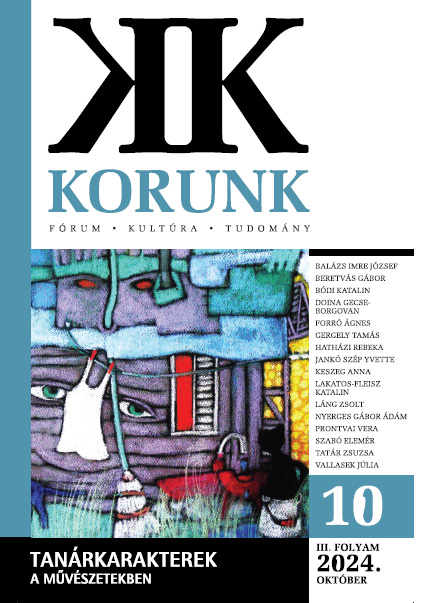
The article aims to examine how the teacher is represented in contemporary Hungarian novels. Do the novels reflect the teacher’s life problems from a social perspective? Are the teacher’s problems given the same importance in literature that they have in society? In today’s society, what are the most important changes the teacher’s role has gone through, and how are they reflected? The article aims to answer these questions.
More...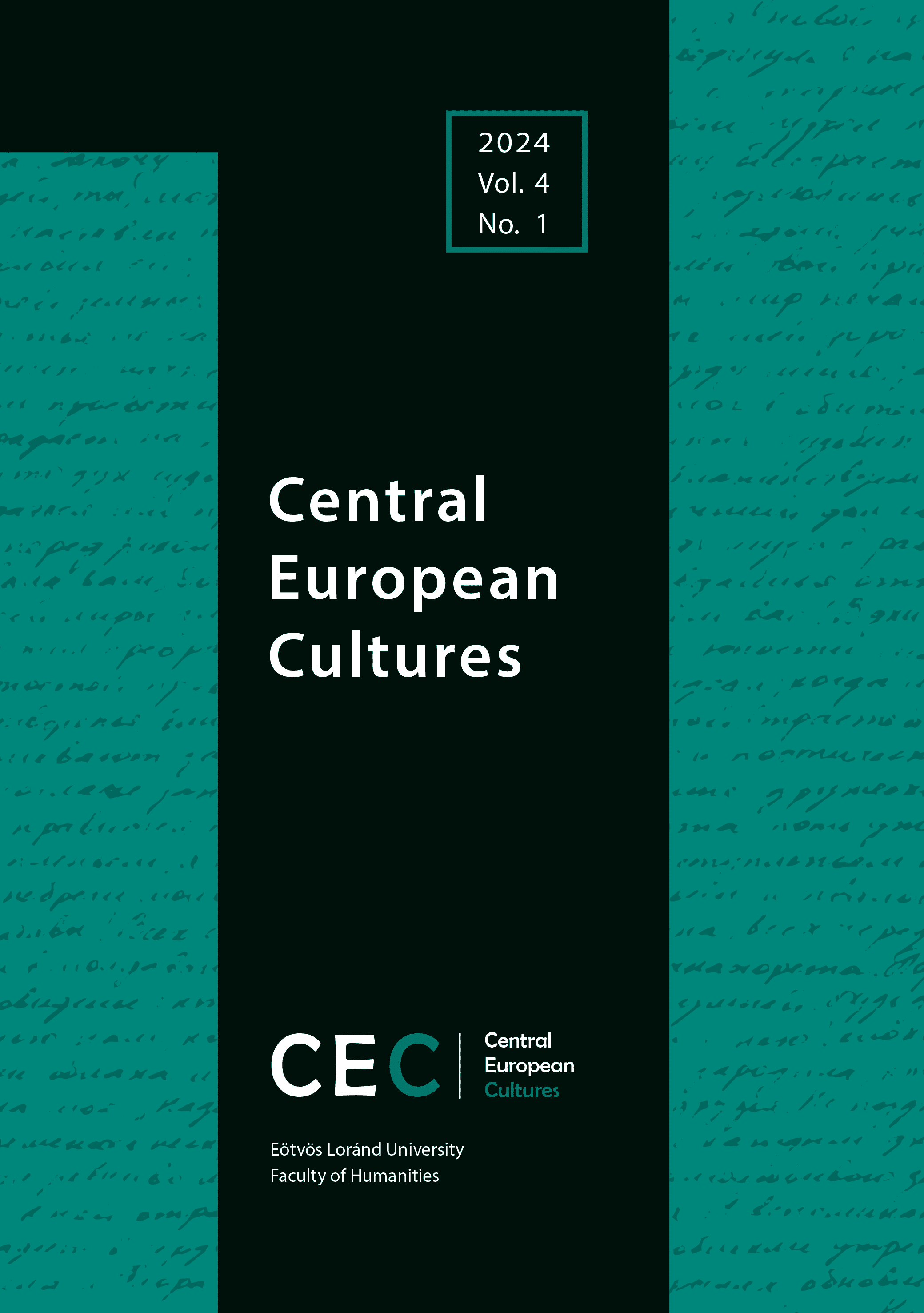
The Pécs University Sermons were composed at the end of the thirteenth century in Hungary, probably at a studium generale. The sermons contain many references from classical authors and philosophers. Among other things, they use numerous scientific and natural philosophical citations in their argumentation. This article focuses specifically on the medical quotations.The use of medical motifs in theological argumentation has a long tradition: both the Bible and the Church Fathers drew an analogy between physical and spiritual healing. In the thirteenth century, however, this biblical tradition was transformed as theologians increasingly supplemented the biblical tradition with medical literature. In my paper, I examine how the biblical tradition and medical literature appear in the Pécs University Sermons and with what rhetorical aim medicine is used. Through the exemplary analysis of selected sermons, I present the different rhetorical situations in which medicine appears, and I argue that medical literature is not only used to complement the biblical tradition but that the medical quotations themselves could be the starting point for medical argumentation. I also examine which sources the author used and show that he quotes a lesser-known anatomical source, the Anatomia vivorum.
More...
The Helikon Publishing House has published (2006–2018) Sándor Márai’s (1900–1989) diaries in eighteen volumes of eight thousand pages under the title The Complete Diary. After Márai left the country for good in 1948 and went into exile, the communist regime eliminated him from the history of Hungarian literature, and generations grew up without reading his books or hearing about him in their literary studies. The diary is a testament to the existential vulnerability of the writer in exile. This major piece of work has four layers: the first is made up of notes on regular readings, the second is about recent Hungarian history, the third is personal memory, and the fourth is the material for the absorption of the host country’s culture. The Complete Diary changes our view of Márai, whose vision of Hungarian history is disturbing. He sees Hungary as a failed attempt to create a modern bourgeois nation. What is unique about Márai’s diary is the way it fuses memories of the personal past with reflections on the present. The recording of daily events goes beyond the genre of the diary: on the one hand towards the essay, on the other towards the novel.
More...
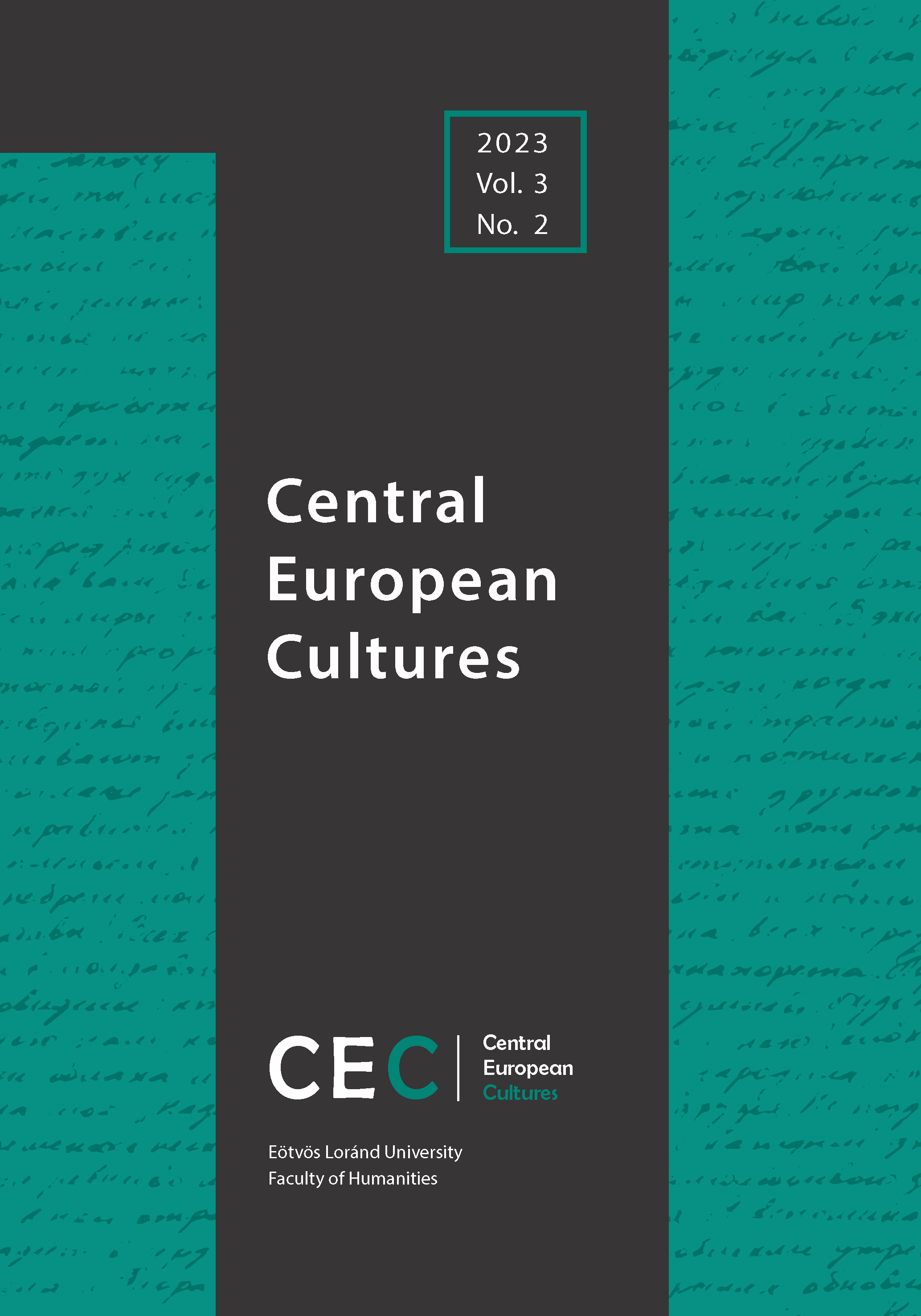
The most popular trend in sacra poesis (sacred poetry) in the sixteenth and seventeenth centuries was the paraphrase of psalms into Latin. In parallel with numerous European examples, there are a good number of paraphrases of psalms from this period in Hungarian Neolatin poetry. Psalm transcriptions in Latin are associated with Georgius Purkircher (Psalm 72, 79), Christianus Schesaeus (Psalm 79, 90), Caspar Piltz (Psalms 3, 4, 23, 31, 51, 79, 80, 91, 110, 127), Johannes Sylvester (Psalm 79), Georgius Ostermaier (Psalms 1, 42, 122–126, 133), Laurentius Szegedinus (Psalms 51, 128), Valentinus Crispus (Psalms 42, 51) and Johannes Bocatius (Psalm 103). In my study, I attempt to outline the main similarities and differences between the paraphrases of the psalms in Hungary and Germany by selecting from this corpus of texts, by means of a detailed philological analysis of the poems and by highlighting the parallels between them.
More...
Mór Jókai’s satiric novel Egy ember, aki mindent tud [A Man who Knows Everything] was first published in 12 parts in the illustrated satirical weekly Az Üstökös between 2 May and 18 July 1874. Its German translation was published parallel with the Hungarian text. This paper shows that, in several regards, Jókai’s short novel is parallel to Flaubert’s unfinished, subversive masterpiece Bouvard et Pécuchet. The structure of the two novels is obviously similar; both are built on a chain of metonymic contacts of failed “projects”. Although in the fields of science and knowledge the heroes “encounter” do not follow the same order, the extent of thematic coincidence is surprising. Jókai’s and Flaubert’s novels are built on a scenic or episodic structure, the cut-at-will-form (Moretti). Both texts may be read as a narrative telling the story of the birth of the dilettante as a product of popular communication and mass media.
More...
This paper examines Sándor Márai’s (1900–1989) views on the nature of historical processes, focusing on his late fiction, i.e., novels published in exile. Three novels are selected for the analysis: San Gennaro vére (1965, The Blood of San Gennaro), Ítélet Canudosban (1970, Judgment at Canudos), and Erősítő (1975, Comforter). The analysis focuses on the relationship between the individual and society. The article examines the role Márai attributed to the individual in the historical process. The paper points out further components of Márai’s reflection: the mutual conditioning of the individual and society, the transformation of society into a system understood as a mass society, and the cyclical nature of historical processes.
More...
The article uses the idea of “infinite judgment” (borrowed from the field of logic) to reflect on the narrative techniques employed in Ádám Bodor later works, with a special focus on the novel The Birds of Verhovina (2011) and the collection Nowhere (Sehol, 2019). In a formal sense, the idea of infinite judgment breaks down the duality of the so-called positive and negative qualities of logical judgments (assertion and negation) by introducing a negative predicate into the structure of a positive proposition. Applying the same logic to Bodor’s prose, we can also grasp it as a poetic principle: the process of fictional world-creation does not follow the logic of either negation or affirmation and, through a subtle logical negation, opens up a series of infinite possibilities. This rhetorical strategy, in turn, becomes the appropriate vehicle for the articulation of a specific type of historical experience that we could designate as “potential history” (in opposition to the “actual” history of Eastern European dictatorships in the second half of the twentieth century). Bodor’s prose forces a confrontation with this potential history through narratives of transience and historical transformation whose ultimate horizon is human extinction.
More...
The essay examines how historical time appears in the novel Zsömle odavan [Zsömle Feels Used Up], that is closely linked into László Krasznahorkai’s previous oeuvre in many ways. The satirical depiction of a society falling out of history, and the dispelling of absurd illusions places it within the historical-philosophical framework typical of Krasznahorkai’s novels, primarily creating its continuity with the novels Satantango and Baron Wenckheim’s Homecoming.
More...![Homéros Magyarországon. Adalékok [Homer in Hungary. Contributions]. By Zsigmond Ritoók.](/api/image/getissuecoverimage?id=picture_2023_84743.png)
Homéros Magyarországon. Adalékok [Homer in Hungary. Contributions]. By Zsigmond Ritoók. Budapest: Kalligram, 2019. 328 pp.
More...![The Wonderful Life of Words: Külországi könyvespolcokon. Tanulmányok Esterházy Péter idegen nyelvű recepciójáról [On Bookshelves Abroad: Studies on the Reception of Péter Esterházy in Foreign Languages]. Edited by Judit Görözdi and Magdolna Balogh.](/api/image/getissuecoverimage?id=picture_2023_84743.png)
Külországi könyvespolcokon. Tanulmányok Esterházy Péter idegen nyelvű recepciójáról [On Bookshelves Abroad: Studies on the Reception of Péter Esterházy in Foreign Languages]. Edited by Judit Görözdi and Magdolna Balogh. Budapest: reciti, 2022. 388 pp.
More...![The Possibilities of Plant Vocalization: Attila József’s “Trees” [Fák] and Lőrinc Szabó’s “In the Black Forest” [A Fekete Erdőben]](/api/image/getissuecoverimage?id=picture_2023_84745.jpg)
The poetic possibilities of plant vocalization take new directions in the poetry of Lőrinc Szabó and Attila József, feeding on the traditions of romantic and modern poetry, but also renewing them, as we see in the translations and reading methods. They come into contact with the poems of Percy Shelley, Charles Baudelaire, and George Meredith. The study focuses on two poems: Attila József’s “Trees” [Fák] and Lőrinc Szabó’s “In the Black Forest” [A Fekete Erdőben] contextualized with other poems in the oeuvre, the antecedents of the poetic forms, and the comparative influences. In the case of “Trees”, plant thinking and biological operations are paralleled, creating the sound effects of the poem together; in the poem “In the Black Forest”, the equivalence of human and plant life is emphasized through sensual-poetic communication.
More...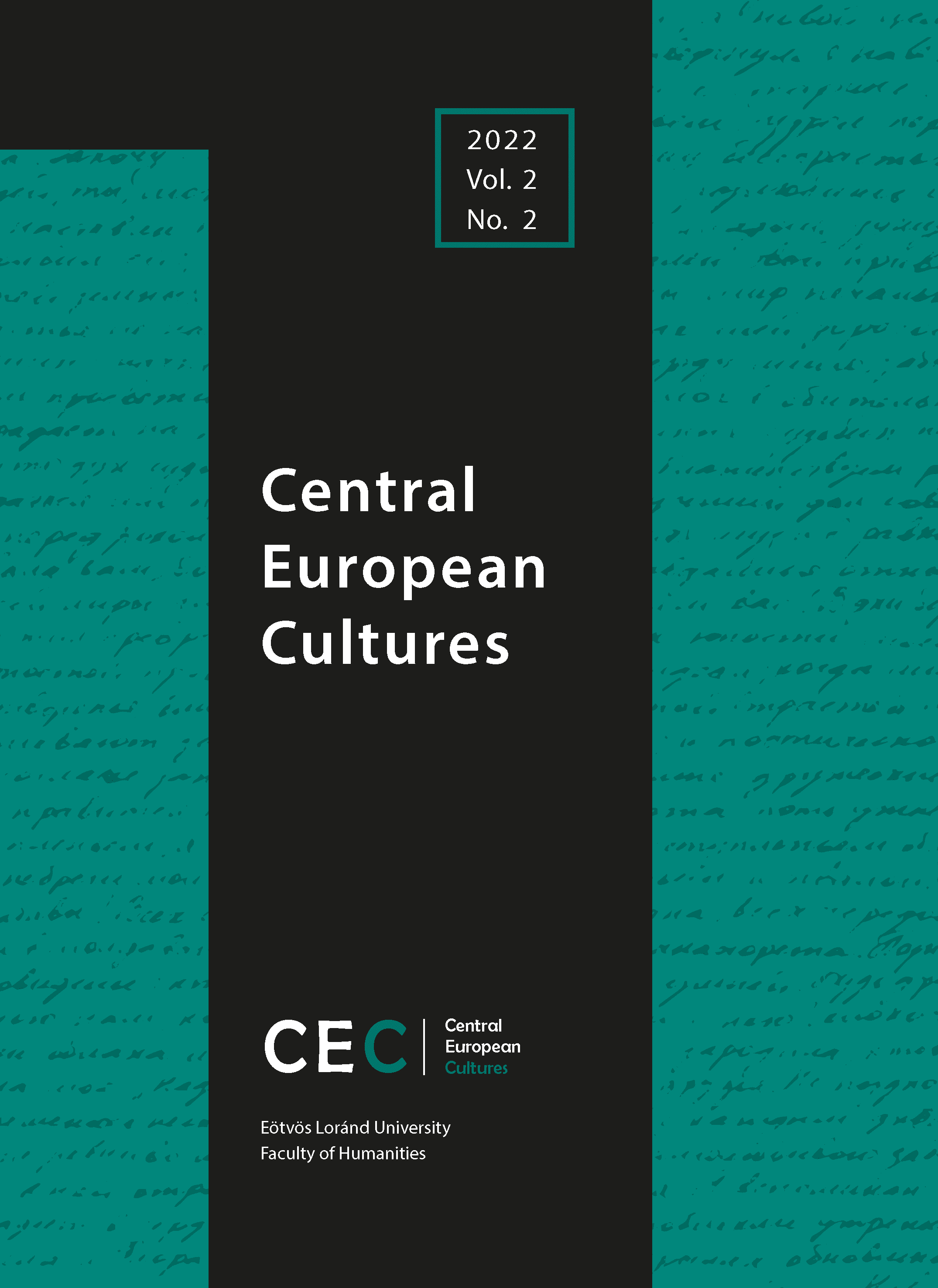
A relatively unknown facet of Central European Orientalism becomes manifest when encountering the epistemological heritage of the historical experiences of the Ismaelite community in Medieval Hungary. Accordingly, hegemonic themes of Hungarian historic fiction about this Muslim minority range from from being speculative/profiterring arms dealers. Such patterns span across the entire trajectory of Hungarian literature. This paper introduces this virtually unknown attitude with the frame of reference based on oeuvres of the Romantic and the Modern periods, with the broader intention to understand the nuances of the Saidian paradigm.
More...
This paper aims to interpret the process of self-documentation in Péter Esterházy’s A Novel of Production (1979), an important Hungarian novel which utilizes extensive endnotes to link a parodic narrative to a body of fictionalized autobiographical commentary. Drawing on theories of play and self-reflexivity as well as critical studies on the history of annotation in nonfiction and fiction, the article presents the structure of Esterházy’s novel and elucidates some textual connections between seemingly disconnected parts. The interpretation focuses on a storyline involving the attempted signing of the fictionalized author, also a lower-league football player, by a club bigger than his current one. The article argues that this narrative demonstrates the intersection of several thematic levels and discourses within the narrative, including football, finance, politics, and literature—and illustrates the way in which a complex reality is modeled by the intersections and mutual displacement of competing discourses or fields of play. In conclusion, the article considers the role of self-documentation and self-commentary in the process of semiotic modeling, and links Esterházy’s creative method to Greimas’s semiotic square.
More...